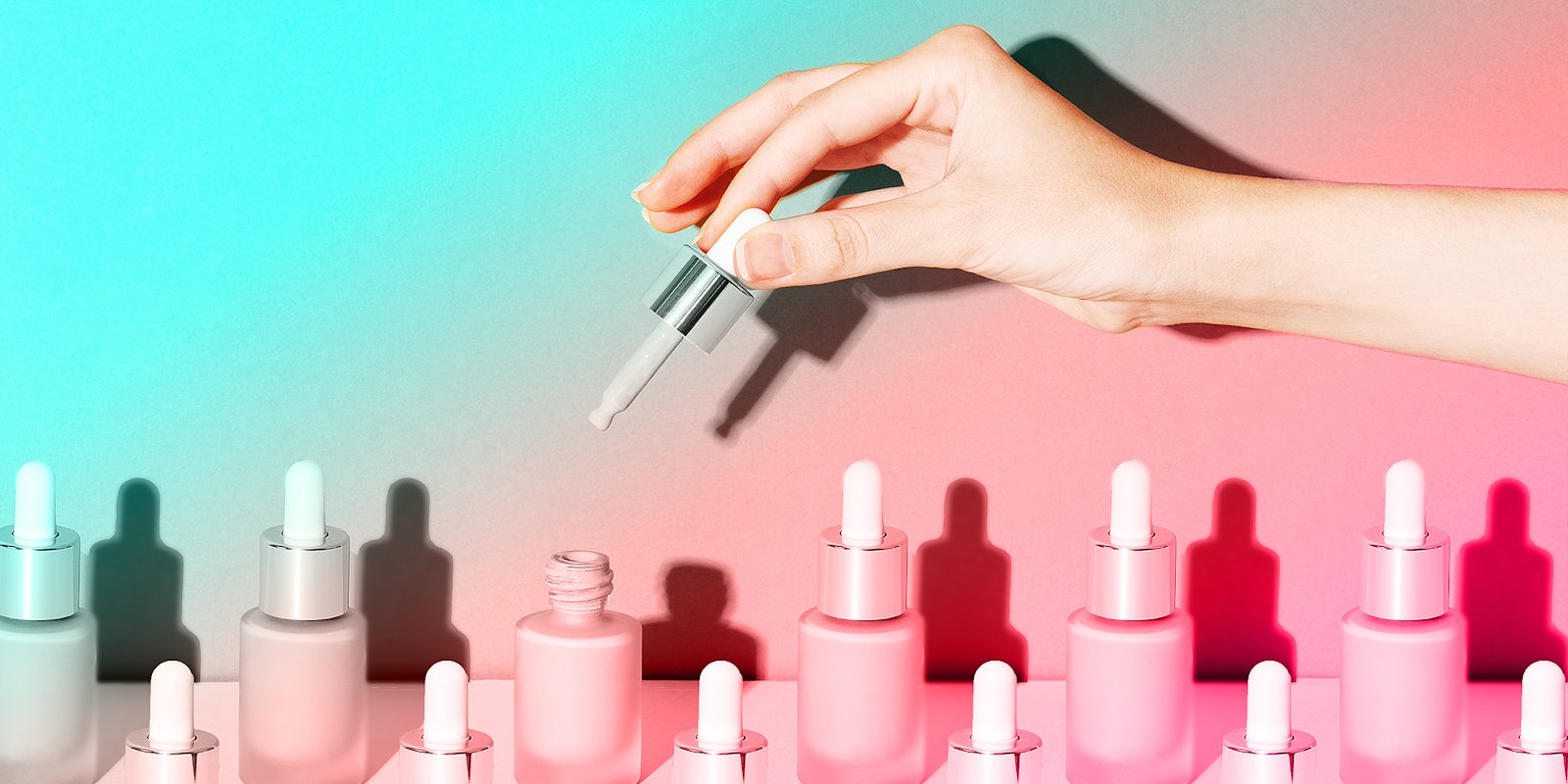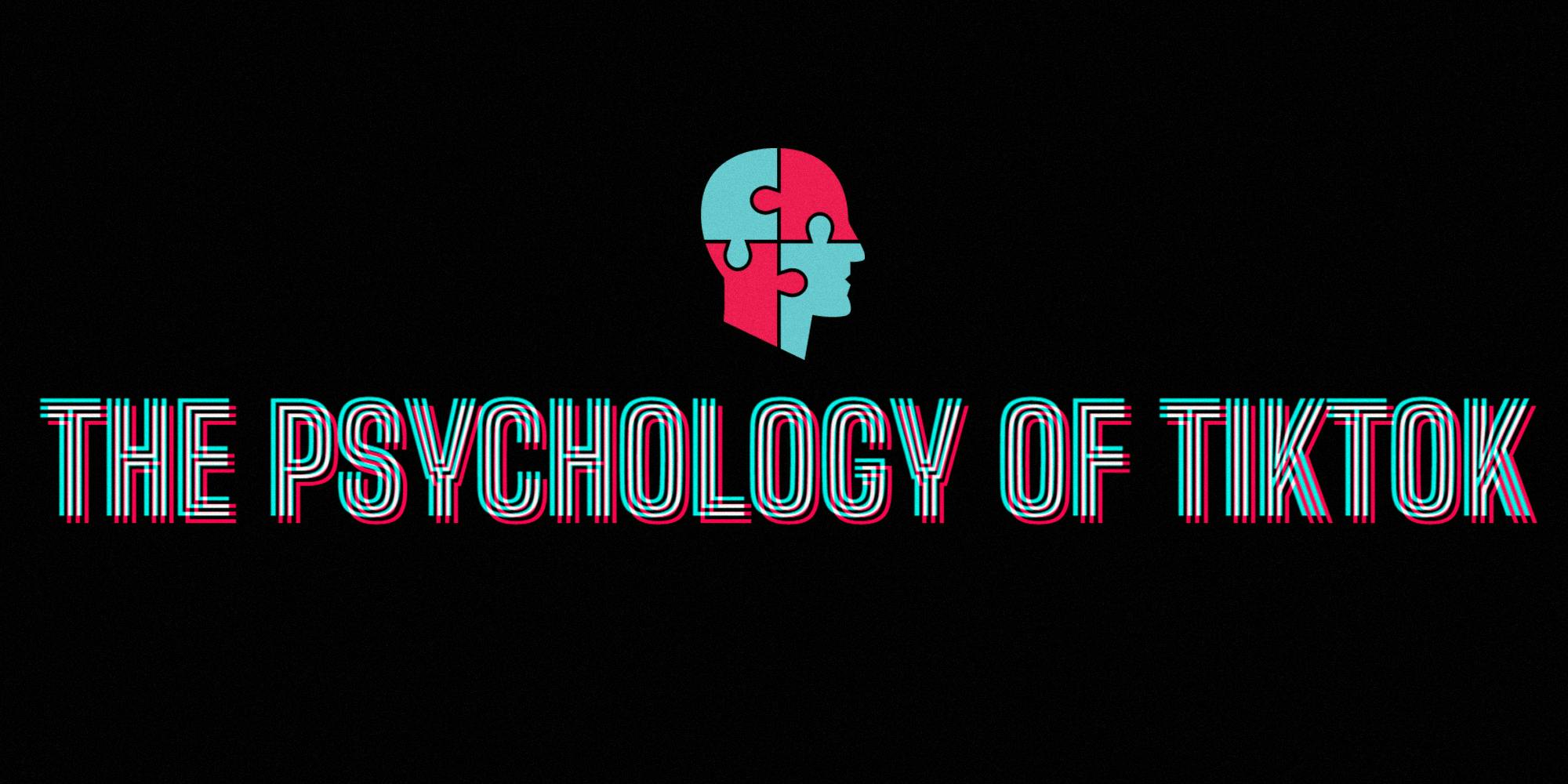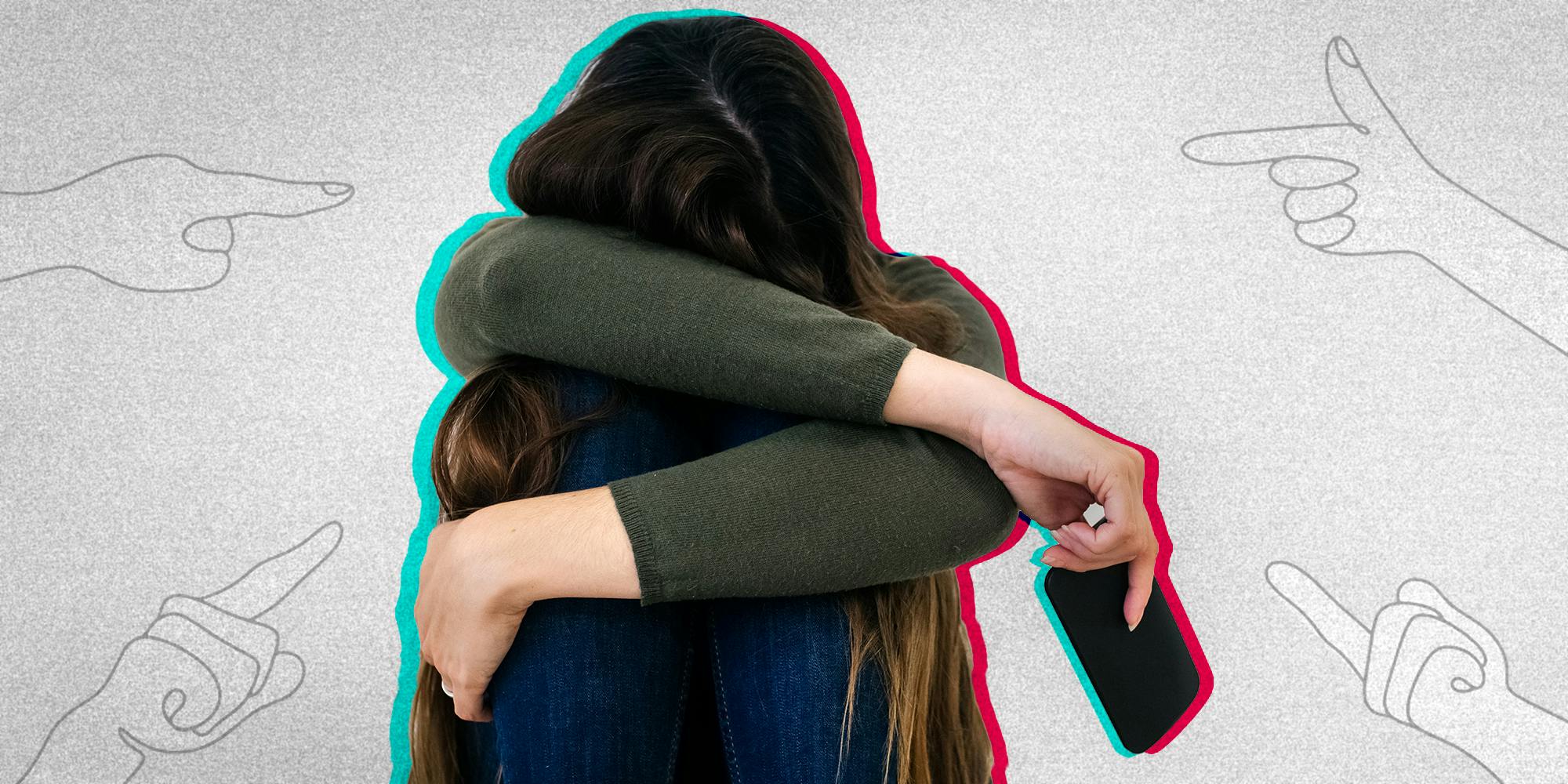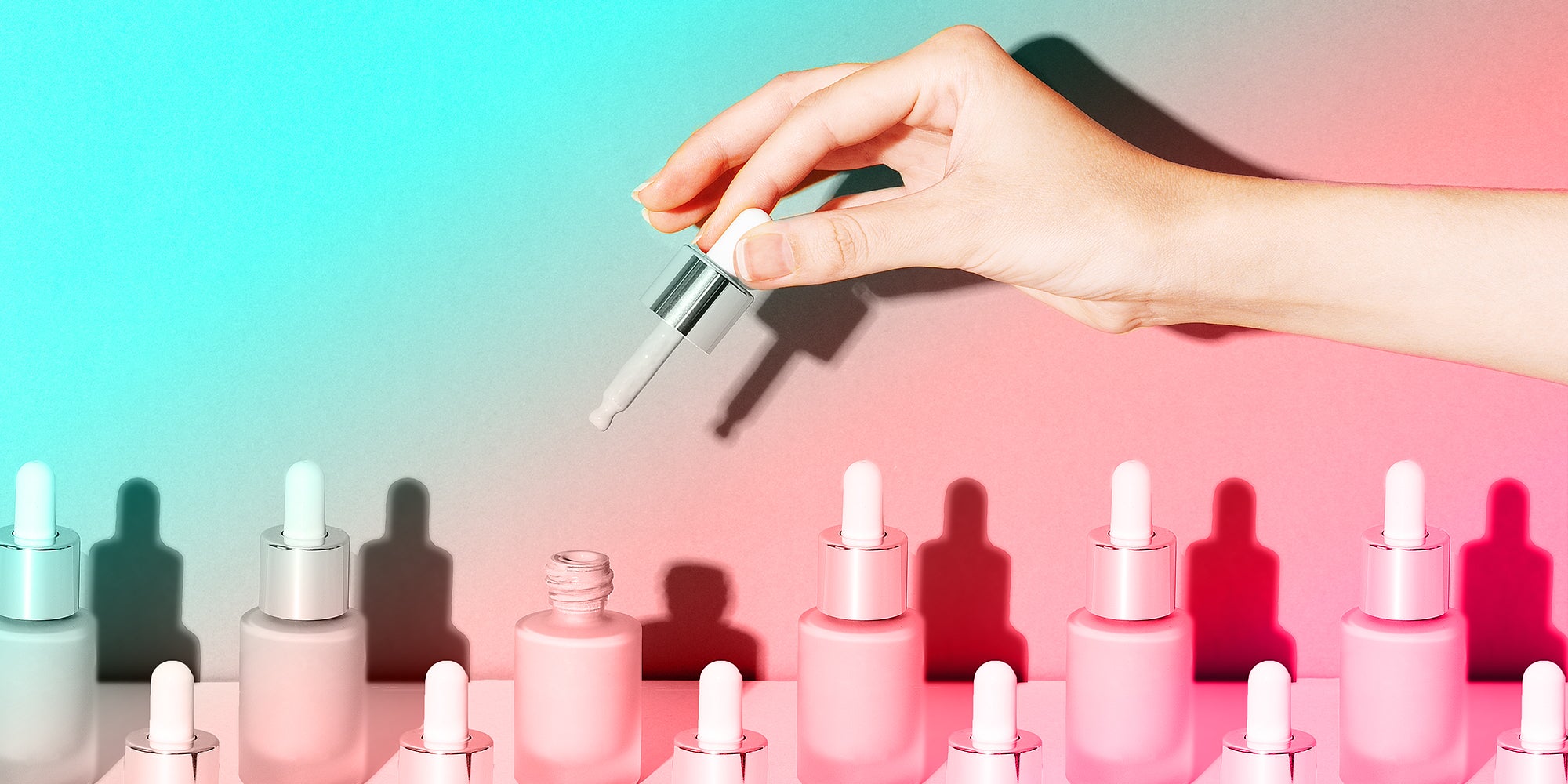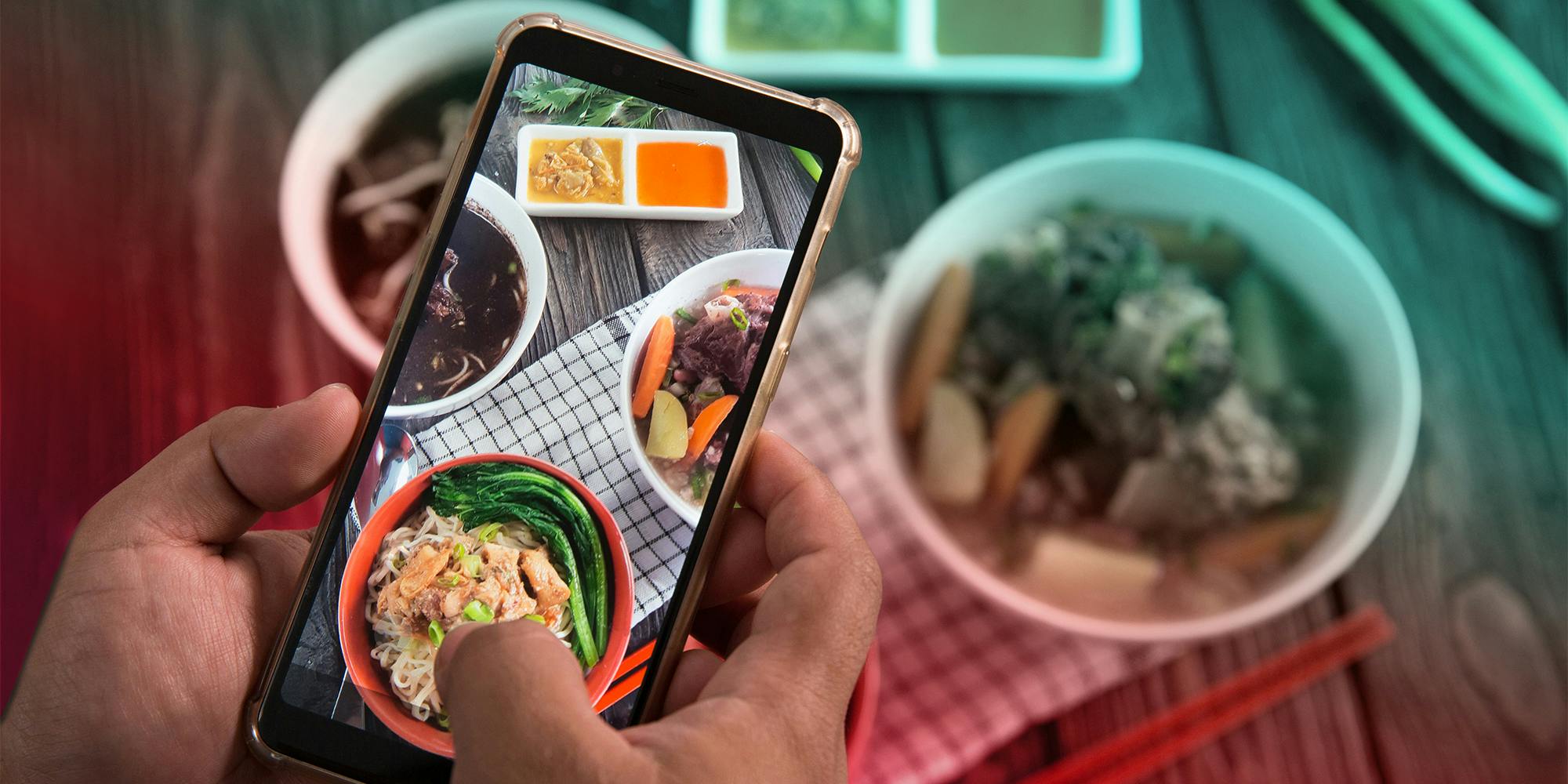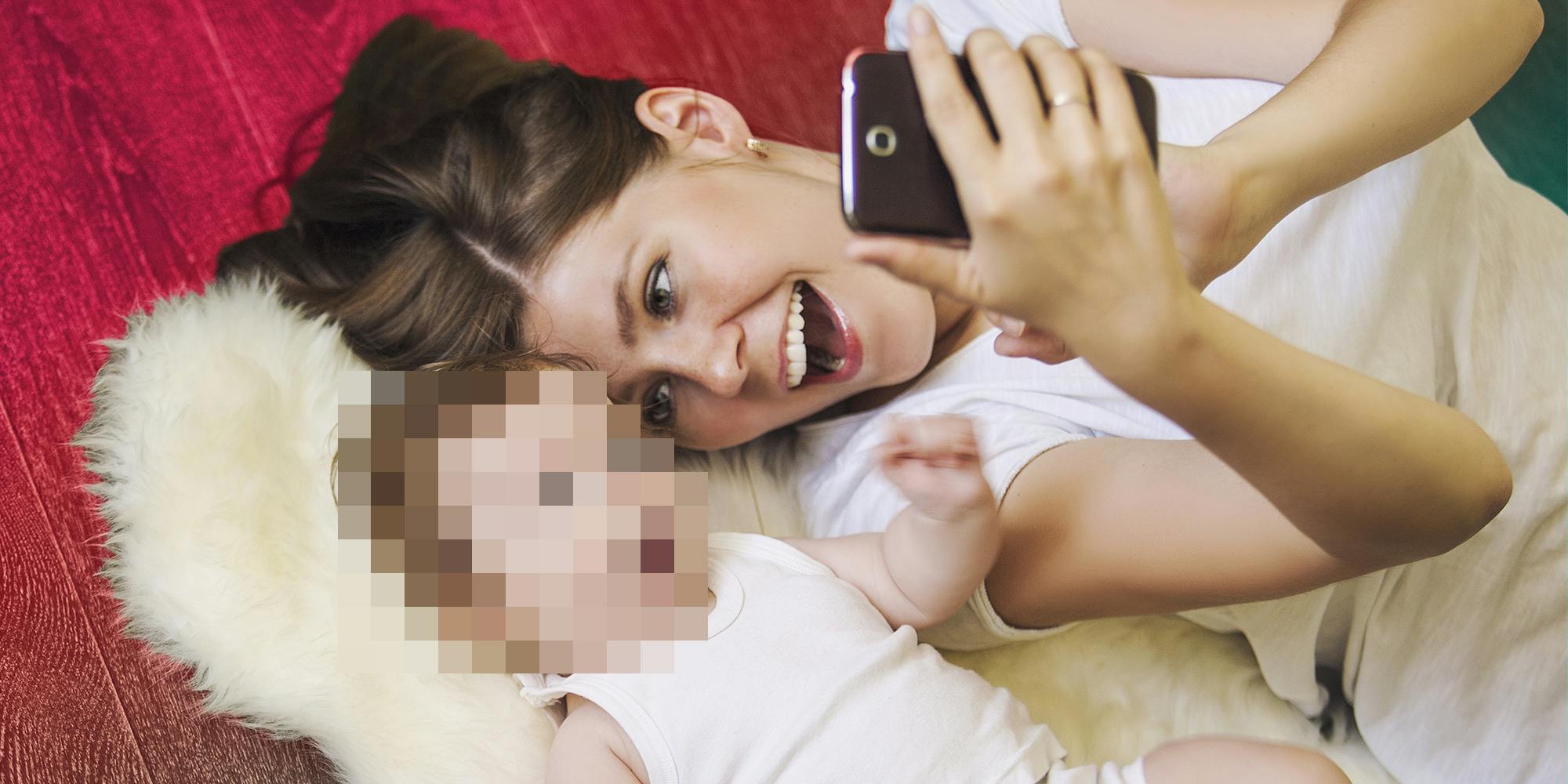When Mia first heard about the Ordinary’s niacinamide serum, she was intrigued. Like many others, she had seen glowing reviews for the cult-favorite product all over TikTok.
“Everyone was saying that it’s the best serum that they’ve ever tried and that their acne got so much better when they started using it,” Mia, who’s 18 and declined to share her last name for privacy reasons, told the Daily Dot.
A quick scroll on the app brings about hundreds of videos with hyped-up captions like “How the Ordinary changed my life” and “When I tell you this niacinamide from the ordinary is a game changer!!!”
So it’s no surprise that Mia was expecting miraculous results. Unfortunately, the opposite happened: Her acne got worse.
“I started to break out like crazy,” she said, adding that her skin got so damaged that it burned whenever she put moisturizer on. “It has never done that before. I think the formulation was too wrong for me.”
She had a similar experience with the Ordinary’s AHA 30% + BHA 2% Peeling Solution. On TikTok, it’s referred to as the viral “blood mask” and may conjure up images of when Kim Kardashian tried a “vampire facial” on Keeping Up With the Kardashians. But to Mia, it’s simply “one of the worst products” she ever tried.
#TikTokMadeMeBuyIt
Mia’s story isn’t out of the ordinary. She’s part of #TikTokMadeMeBuyIt, a user-generated hashtag that allows people to share the purchases they made because of a product they saw on the app.
On the surface, the trend may seem innocent and fun. But going deeper, the trend has the ability to cause serious damage to people’s wallets—and their bodies. People are being influenced to purchase products that they don’t actually need, plus might not be suitable for their health.
Amanda Newton is a therapist, marketing expert, and owner of Recovery Concierge & Manifest Your Best Life.
“From skincare products to kitchen gadgets, users are finding products they never knew they needed thanks to TikTok,” Newton told the Daily Dot.
According to Statista, a January 2022 survey about TikTok shopping habits found that over 71% of people said that they purchased something they came across on their feed. Meanwhile, 58% said that they used the app for shopping inspiration.
You might be familiar with some of the products that TikTok has helped go viral: Revlon’s One-Step Hair Dryer (the results will make you feel like a “baddie” says one reviewer), e.l.f. Cosmetics’s Poreless Putty Primer, and Selena Gomez’s Rare Beauty Soft Pinch Liquid Blush.
Even niche products like Bissell’s Little Green Machine have become top sellers after people watched carpet cleaning videos and thought to themselves, I have to have this.
TikTok’s e-commerce stars
Major corporations aren’t the only ones to rely on TikTok as a main source of exposure. Small businesses have also achieved big success.
Andrea O, the founder of the online slime store Peachybbies, told Business Insider in 2022 that her business really took off when she used TikTok to post ASMR-style slime videos.
First, her number of followers grew from 20,000 to 1 million in just months. Then, she leased a 1,300-square-foot warehouse just to keep up with the demand for her slimes: They kept selling out within minutes with each restock. Her slimes eventually captured the attention of Kim Kardashian and her daughter, North, who made the product even more popular by playing with the product on their own social media pages.
Another element that brings businesses from obscurity to stardom is the TikTok shop, which launched in November 2022. TikTok shop is an “e-commerce solution integrated within TikTok” according to the app’s website, meaning it’s a seamless one-stop shop for customers because they can purchase a company’s products without leaving the app.
These commerce-focused additions have transformed TikTok into a main competitor against the social media apps that came before it, like Facebook and Instagram. TikTok saw a 155% increase in revenue in 2022, according to Oberlo. And in 2022, TikTok ended Google’s 15-year streak as the world’s most popular web domain.
The algorithm’s illusion of magic
So, what exactly is TikTok doing right? And why is it so tempting to buy everything we see on the app?
Newton of Recovery Concierge & Manifest Your Best Life believes social proof, which she describes as a “sense of trust and validation” from seeing others using and enjoying a product, is a main factor that contributes to products going viral. This, in turn, makes them incredibly hard to resist.
While Instagram largely relies on influencers to promote products, TikTok’s use of social proofing is backed by mainly real people, which provides a greater sense of authenticity
“Seeing real people, not just influencers, using a product and giving their honest opinion can make consumers feel more confident in their purchase,” says Newton.
Holly Schiff, a licensed clinical psychologist based in Greenwich, Connecticut, agrees.
“Influencer culture has content creators posting dishonest positive product reviews because they get rewarded with freebies, sponsorship and brand deals,” she tells the Daily Dot. “But consumers who end up spending their money on these products end up disappointed when their results don’t match the too-good-to-be-true product reviews.”
Another strategy TikTokers utilize to send products off the shelves is FOMO. In social situations, it’s used to describe the feeling of missing out, but on the app, you might feel left out of a must-have product or trend.
“Social media can create a sense of urgency around certain products, especially when they are being promoted by popular users,” Newton told the Daily Dot. Consumers may feel like they need to buy the product now or risk missing out on a popular trend.
And of course, TikTok’s addictive algorithm contributes to how quickly products go viral.
Newton says that the algorithm is designed to show users content that it thinks they will like based on their viewing history. Increased exposure to certain products makes them more tempting.
“This means that users may be more likely to see products that are relevant to their interests and more likely to make a purchase,” Newton said.
All of this is troubling without taking into account that TikTok’s main demographic is quite young. Schiff, the psychologist, says that the average TikTok consumer is female and between the ages of 16 to 24.
“TikTok users spend a lot of time per day on the app and typically use it every day if not multiple times a day,” said Schiff, the psychologist. “They are quite impressionable.”
Being impressionable means that users are less likely to research a product before they buy it. They simply rely on the information given to them in a TikTok video, a fact that is especially risky when it comes to health and skincare products.
A recent viral video caused uproar and concerns about beauty standards after a 14-year-old said she started using retinol for anti-aging effects when she was 12.
“The problem with TikTok trends is that they project skincare hacks as something magical, which applies to every skin type,” explains Dr. Rosmy Barrios, head of the anti-aging department at Health Reporter and a regenerative medicine specialist at IM Clinic and Swiss Medica Stem Cell Clinic.
For example, the Ordinary niacinamide serum contains a particularly high concentration of niacinamide—a whopping 10%. When used in high concentrations, niacinamide can result in side effects, such as redness and irritation, according to Steven Line, a cosmetic medical physician and representative of the American Cosmetic Association.
Anti-aging specialist Barrios agrees.
“Bombing your skin directly with a 10% concentration, as with the Ordinary serum, is bound to be risky for your skin,” Barrios explains.
She recommends starting small with a lower concentration of niacinamide instead, ideally around 2%, and only gradually increasing as your skin adapts. Line of the American Cosmetic Association recommends patch testing before trying a new skincare product.
“For example, just putting a dab of the product on one’s leg is a good way to test a product initially.” If you’re dealing with bad side effects, Line says that it’s best to stop using the product immediately. “This can apply to any treatment that is causing side effects,” he explains. “When the skin is injured, it is best to let it heal before applying any other non-prescribed substances.”
When something as important as one’s skin is at stake, it’s hard to believe that these warnings aren’t included in most reviews of the product on TikTok.
Taking the power back
One way TikTokers are trying to change rapid consumption caused by TikTok is through a concept called “de-influencing,” or when people give raw and honest reviews of viral products to prevent people from wasting their money on items that don’t live up to the hype.
Alyssa Kromelis is a de-influencer.
“Here are all the things I will de-influence you from buying as somebody that spends thousands of dollars on health, beauty, hair products, but loves to save a buck,” she says in one of her videos, which has over 5.4 million views.
Instead of encouraging her followers to purchase expensive makeup products, she recommends affordable dupes instead, like swapping Wet n Wild’s $4.99 MegaGlo Makeup Stick for Charlotte Tilbury’s $42 Glowgasm Beauty Light Wand Highlighter.
This transparency is a much-needed breath of fresh air. “This can actually help save your wallet, thereby providing a financial benefit,” says psychologist Schiff. “People have less disposable income to spend on beauty products and personal care, so it is helpful when users offer more affordable options.”
In addition to watching de-influencing videos, there are shopping strategies you can utilize, like setting a TikTok shopping budget or giving yourself a cooling period before buying a product you saw online, ideally up to 48 hours.
“Once you have a cooler head and a fresh perspective, ask yourself if you will actually use this product and if you really need it,” says Schiff.
Researching the product is vital, too. Doing so helps consumers make an informed decision.
Although Mia stopped using the Ordinary Niacinamide Serum, she doesn’t believe that others should avoid the Ordinary’s products.
“What doesn’t work for me might work for you,” she told the Daily Dot.
She does, however, agree that research is essential before purchasing any product you see online. By doing so, you become extraordinarily good at protecting your body—and your bank account.

